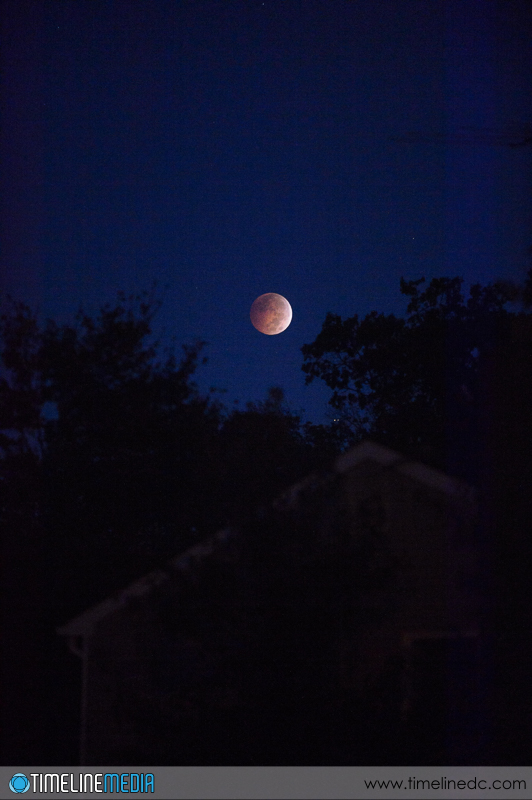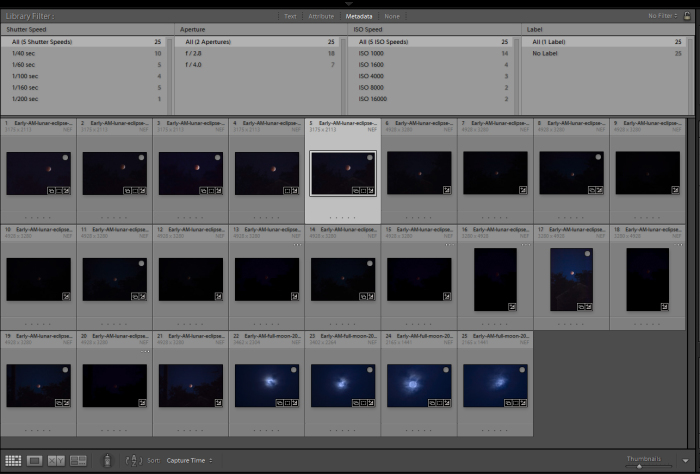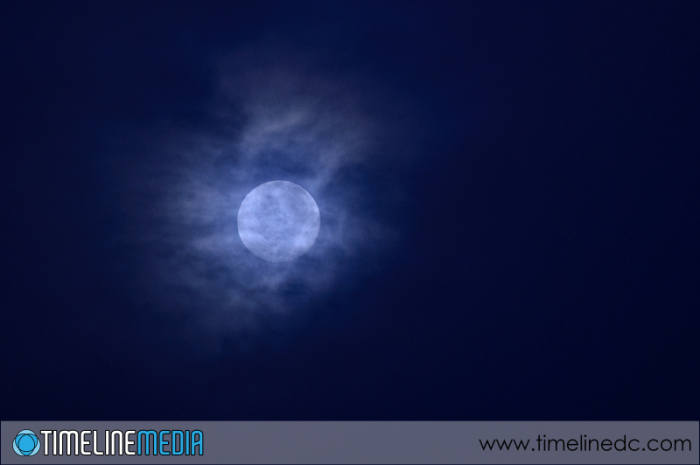Photography Inspiration
I hope all of you had a nice Thanksgiving weekend! It was another nice day for family gatherings with a long weekend. It comes in handy to recover from all the eating and visiting. With the break, I took some time to see a new feature film playing in a real IMAX theater. At this time we went to the National Air and Space Museum in downtown Washington, DC. Being Black Friday, I did not expect too as many people filing into a museum.
There was a line through security, and all the exhibits had people going through them for most of the day. It was encouraging seeing as this was probably the only museum that I requested to visit as a child that was enamored with the space shuttle program, and all the technology that has come from aeronautical research. This was the perfect setting to watch the movie, Interstellar.
This movie is another good story told by director Christopher Nolan. For me, he creates films where I end up really pulling for characters to overcome obstacles as they strive to accomplish an almost impossible goal. Technically, Nolan has used the IMAX to his advantage in previous movies like The Dark Knight, and seeing it in a real IMAX theater can make panoramic vistas look even grander, and can make simple dialog scenes very intimate. It teaches lots of photographic lessons of framing, composition, and he uses the effect to really enhance the storytelling.
Science Fiction
The almost 3-hour movie did not seem much longer than an hour and a half. The musical score by Hans Zimmer was very celestial to go along with the space travel focus. Overall the keyboard was used throuhgout. It sounded like old pipe organs, and synthesizer pads that reminded me of scores from many 1980’s science fiction movies. The sound also had a lot space with the reverberating chords. In an IMAX theater, the volume and strong low-end tones added to the dramatic action scenes. The collaboration between Zimmer and Nolan has spanned a few films including the Dark Knight Trilogy and Inception. Again, it works well here. I am listening to the sound track again now to catch more of the subtleties. For sure it was hard to not be distracted by the visuals.
Without giving away the movie, I really connected with the motivation of the characters. They have ambitions to save the world, do tasks that are in the best interests of their families, and to leave the human race in a better place than they are now. It is very inspiring to see these themes told in such a big movie, then to walk out of the theater and see the actual machines that were very much a part of the recent non-fictional past can be inspiring. Hopefully many in the 3 sold-out shows that evening felt the same way!
TimeLine Media – www.timelinedc.com
703-864-8208




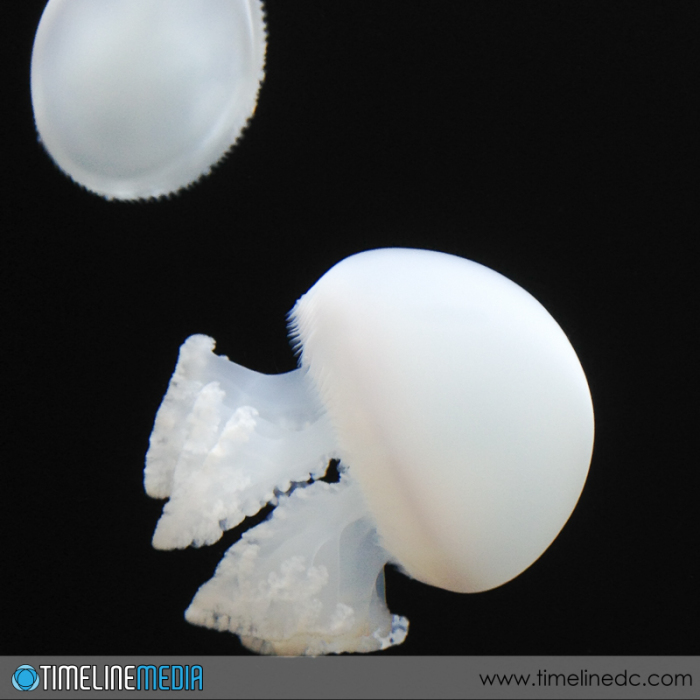

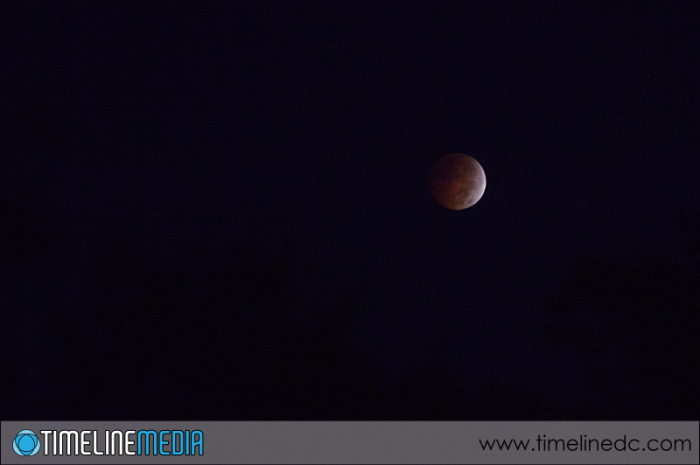 Early-morning-lunar-eclipse-©TimeLine-Media
Early-morning-lunar-eclipse-©TimeLine-Media